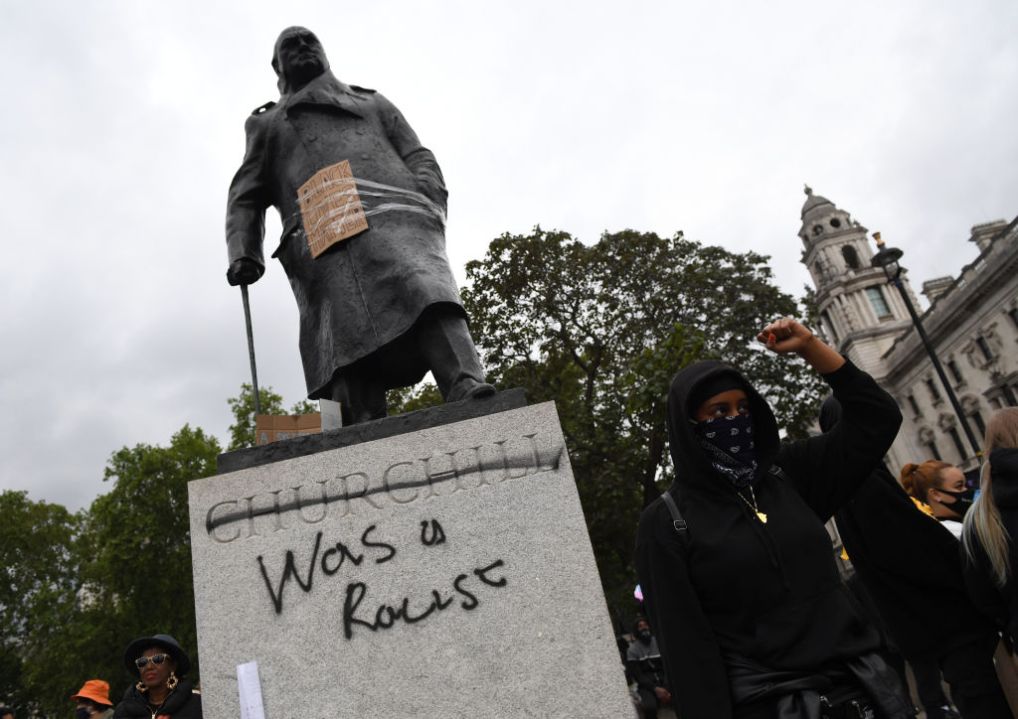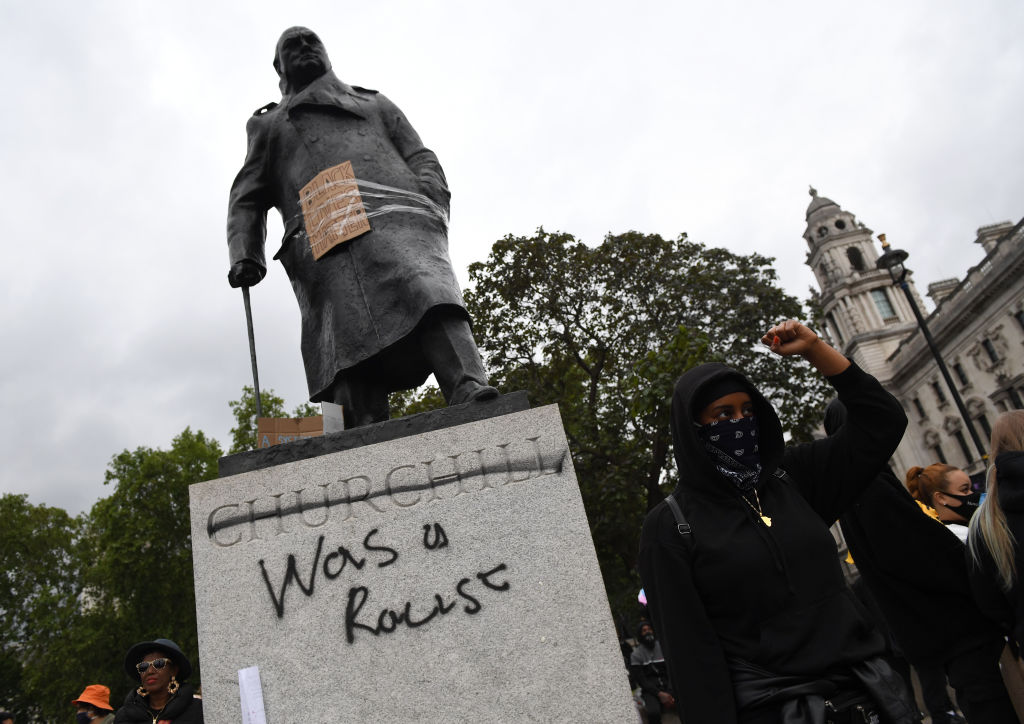In Taksim Square, the busy central hub of Istanbul, a large, viril monument stands. In the centre is Mustafa Kemal Attaturk, the father of modern Turkey (although, perhaps not the contemporary one). When Attaturk came into power, he immediately set about changing the country from Empire to Nation. This meant progressive Western values, the alphabet; a dismissal, in some cases, a blanketing of the culture and customs before it. Almost by accident, this sparked a nostalgia for the Empire that is potent in today’s Turkey.
In the hotel nearby, the Kurdish receptionist gets to work. ‘Did you see the monument?’ he says to me bleakly. I ask what he thinks of Kemal, noticing that behind him, like in many Turkish homes, there is a portrait of him on the wall, his famous blue eyes emphasised as though arguing some sort of point: ‘I don’t like him…’ he replies, perhaps thinking of the Imperial Turkey Erdogan has set about revising, ‘but he was better than what we have today.’
I recall his words as my hometown, London, embarks on its own refurnishing. Sadiq Khan’s Commission of Diversity in the Public Realm intends to raise awareness on the history of controversial statues, street names, and landmarks. They will influence which are to be removed or replaced. Members include actor Riz Ahmed, who has spoken most publicly about the committee, and prominent art critic Aindrea Emelife, along with thirteen other figures.
Living amid a nation’s glorious (or inglorious) frippery is just one of the bargains immigrants have had to make throughout time. It was certainly one my own grandparents made, arriving in England after a failed attempt at independence between Cyprus and the British Empire. I suspect they did it because they knew the life afforded to their children as a result of their move would outweigh the presence of an awkward street-name or a statue of a man they had never heard of (especially when faced with the very real sieg-heiling xenophobes of their time).
You can’t keep editing the scenery to represent the day’s demographics
They were wrong of course. Forget integration: they should have got straight to work on correcting the past. Well, that’s the narrative, anyway.
Integration is discussed like submission in 2021. This is an idea I see floating around a lot with third-generation immigrants like myself, whose waning connection to their mother culture, enhanced by a self-flagellating British left-wing, has in part inspired Khan’s crusade.
This vocal group do not want to admit that many second and third generation immigrants consider themselves British. The statues and street names that Khan deems so problematic are now our property, our history. And as we walk past them, they remind us that London’s rich tapestry of immigrants is part of a new chapter that stands alongside the old.
To remove them would be to destroy the neutrality of ‘Britishness’ so necessary for groups to assimilate in London. This is one of the world’s most multicultural cities; and – compared to the likes of Paris, New York, or Berlin – it’s impressively harmonious. London is not comprised of one or two big minority groups, like North Africans in Paris, or Turks in Berlin. But many.
For the first time, Khan’s crusade will make it clear which minorities are more important than others. By removing and replacing these unobtrusive, dull historical furnishings with radical emblems of today’s politics, new and long-time immigrants will realise which cultures our politicians want to celebrate and those that seem less important.
You can’t keep editing the scenery to represent the day’s demographics. Like all cities, it will change before long. Our mayor suggested it was about ‘telling the full story of the capital’ with his committee. It may come as a surprise to him that Harringay wasn’t populated with my fellow Cypriots during the writing of Magna Carta and that the city’s major immigration boom only makes the final pages of London’s history. We feel so deeply that London is our home, but struggle at times to identify with its past. So we make history identify with us instead.
For the committee to survive, to justify the hundreds of thousands of pounds already spent, it needs to stay busy. Once the obvious slavering villains are rightly snipped out, it’ll get ridiculous. Already, the likes of ‘Colonial Way’, ‘Imperial Way’, and ‘Rhodes Way’ are being eyed with suspicion. A petition has been submitted to rename Sloane Square. The Cass Business School removed Sir. John Cass’s name from their title.
Schemes like this one enable Sadiq Khan to enjoy a sort of social credit from younger, activist voters. After criticism for his coronavirus response, as well as a series of unpopular policies, it makes sense that Khan wants to use the statue issue to win back support before elections in March. It might have kerb appeal – ‘renovating London with Riz Ahmed’ – but it won’t serve young Londoners well going forward.
Perhaps, one day there will be a statue of Riz (There’s little doubt he thinks there should be). If it ever does come to pass, he’ll soon be swiped from the plinth. He used an iPhone: with cobalt mined by slave-labour in Africa, they’ll say, or wore trainers made in Uyghur labour camps. It would be a sad continuation of Khan’s ruinous philosophy: that we’re somehow purer once the relics of history are removed.
London remains a city where people from all over the world feel safe. Safe enough to stay. To marry. To start families, who then start their own families, and so on. It’s different from the rest of Britain. But it’s still Britain. Once we try to erase the culture clash between past and present, a space opens. A favourable romance for a rotten past, as we see in Turkey, returns: an attempt to seek out and understand what came before us, no longer a dull, pigeon-stooped frame on a plinth, or a name we might never have heard of – but an idea. One that is more likely to divide than unite us.







Comments